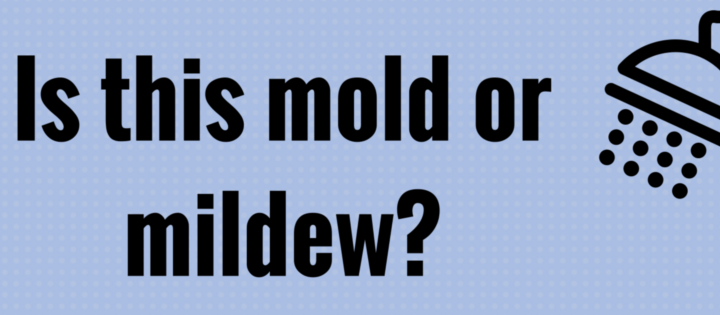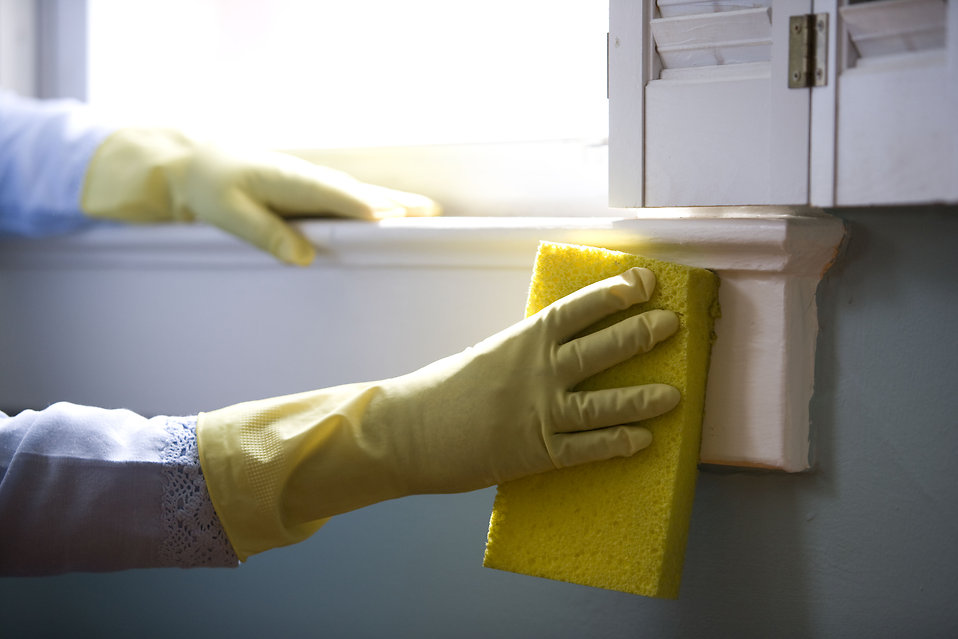We usually think of allergies in the spring, where the blooming environment brings tortuous pollen with the warmer weather. But allergies exist throughout all seasons, including the winter. While you don’t have outdoor allergens during the winter, there are several indoor allergens that could be culprits of your sneezing or stuffy nose. Below we’re sharing some common causes of winter allergies and how to tackle them!
Dust Mites
Dust Mites are one of the most common indoor allergens and they generally thrive in humid rooms and in temperatures of 60 to 85 degrees. To avoid excess dust mites, clean, vacuum, and dust regularly! Wash your sheets and linens weekly in hot water to remove any dust mites. If you find that dust is lingering, check out GroomedHome’s awesome dusting hacks for super thorough dusting!
Pets
Pets that shed can add to indoor allergies and further agitate the air quality in your home. Bathe and groom your furry friends regularly and be sure to vacuum often!
Dry Indoor Air
Turning on your heat will create drier air and will dry up your nose and skin! If the dry air is particularly irritating, try adding a humidifier to add moisture to the air.
Mold
Indoor mold tends to grow in damp and dark environments (such as basements) and can cause allergies and illness. Treat mold with a cleaner containing bleach and consult a professional for larger patches of mold. BUT it could also be mildew! Check out our post on Mold vs. Mildew and how to eliminate both!




